- FIBER OPTIC TRANSCEIVERS >800G & 400G Transceivers >4X100G QSFP-DD LR4 10km
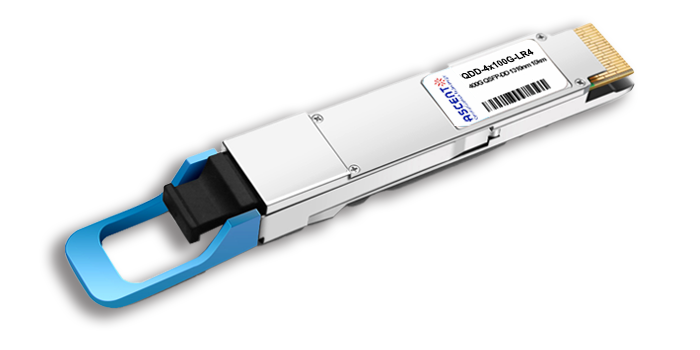
4X100G QSFP-DD LR4 10km
Ascentãs QDD-4X100G-LR4 is a 400Gb/s Quad Small Form Factor Pluggable-double density (QSFP-DD) optical module designed for 10km optical communication applications. The module converts 8 channels of 50Gb/s (PAM4) electrical input data to 4 channels of parallel optical signals, each capable of 100Gb/s operation for an aggregate data rate of 400Gb/s. Reversely, on the receiver side, the module converts 4 channels of parallel optical signals of 100Gb/s each channel for an aggregate data rate of 400Gb/s into 8 channels of 50Gb/s (PAM4) electrical output data. An optical fiber cable with an MTP/MPO-12/APC connector can be plugged into the module receptacle. Proper alignment is ensured by the guide pins inside the receptacle. The cable usually cannot be twisted for proper channel to channel alignment. Electrical connection is achieved through a QSFP-DD MSA-compliant edge type connector. This product is designed with form factor, optical/electrical connection and digital diagnostic interface according to the QSFP-DD MSA Type2. It has been designed to meet the harshest external operating conditions including temperature, humidity and EMI interference. I2C interface is supported to read and control the status of this product.
ôñ QSFP-DD MSA Compliant
ôñ CMIS4.0 compliance
ôñ Optical Interface: IEEE 802.3cu CL140 compliant
ôñ Electrical Interface: IEEE 802.3bs 400GAUI-8
ôñ Support 425Gb/saggregate bit rate
ôñ 4 Parallel optical lanes
ôñ MPO-12/APC connector
ôñ Up to 10km transmission on SMF with FEC
ôñ Operating case temperature 0 to 70ô¯C
ôñ Maximum power consumption 12W
Absolute Maximum Ratings
It has to be noted that the operation in excess of any individual absolute maximum ratings might cause permanent damage to this module.
Parameter | Symbol | Min. | Typ. | Max. | Unit | Note |
Storage Temperature | TS | -40 | 85 | ô¯C | ||
Operating Case Temperature | TOP | 0 | 70 | ô¯C | ||
Power Supply Voltage | VCC | -0.5 | 3.6 | V | ||
Relative Humidity (non-condensation) | RH | 0 | 85 | % | ||
Recommended Operating Conditions
Parameter | Symbol | Min. | Typ. | Max. | Unit | Note |
Operating Case Temperature | TOP | 0 | 75 | ô¯C | ||
Power Supply Voltage | VCC | 3.135 | 3.3 | 3.465 | V | |
Data Rate, each Lane | 53.125 | GBd | PAM4 | |||
Data Rate Accuracy | -100 | 100 | ppm | |||
Pre-FEC Bit Error Ratio | 2.4x10-4 | |||||
Post-FEC Bit Error Ratio | 1x10-15 | 1 | ||||
Link Distance | D1 | 2 | 10000 | m | 2 |
Notes:
1. FEC provided by host system.
2. FEC required on host system to support maximum distance.
Optical Characteristics
Parameter | Symbol | Min. | Typ. | Max. | Unit | Note |
Center Wavelength | ö£c | 1304.5 | 1311 | 1317.5 | nm | |
Transmitter | ||||||
Data Rate, each Lane | 53.125 ôÝ 100 ppm | GBd | ||||
Modulation Format | PAM4 | |||||
Side-mode Suppression Ratio | SMSR | 30 | dB | |||
Average Launch Power, each Lane | PAVG | -1.9 | 4.8 | dBm | 1 | |
Outer Optical Modulation Amplitude (OMAouter), each Lane | POMA | Max(1.1,-0.3+TDECQ) | 5 | dBm | 2 | |
Transmitter and Dispersion Eye Closure for PAM4 (TDECQ), each Lane | TDECQ | 3.4 | dB | |||
Transmitter Eye Closure for PAM4 (TECQ), each Lane | TECQ | 3.4 | dB | |||
|TDECQ-TECQ| | 2.5 | dB | ||||
Over/Under-Shoot | 22 | % | ||||
Transmitter Power Excursion | 2.8 | dBm | ||||
Extinction Ratio | ER | 3.5 | dB | |||
RIN15.6OMA | RIN | -136 | dB/Hz | |||
Optical Return Loss Tolerance | TOL | 15.6 | dB | |||
Transmitter Reflectance | RT | -26 | dB | 3 | ||
Transmitter Transition Time | 17 | ps | ||||
Parameter | Symbol | Min. | Typ. | Max. | Unit | Note |
Average Launch Power of OFF Transmitter, each Lane | Poff | -15 | dBm | |||
Receiver | ||||||
Data Rate, each Lane | 53.125 ôÝ 100 ppm | GBd | ||||
Modulation Format | PAM4 | |||||
Damage Threshold, each Lane | THd | 5.8 | dBm | 4 | ||
Average Receive Power, each Lane | -8.2 | 4.8 | dBm | 5 | ||
Receive Power (OMAouter), each Lane | 5 | dBm | ||||
Receiver Sensitivity (OMAouter), each Lane | SEN | Equation(1) | dBm | 6 | ||
Stressed Receiver Sensitivity (OMAouter), each Lane | SRS | -4.1 | dB | 7 | ||
Receiver Reflectance | RR | -26 | dB | |||
LOS Assert | LOSA | -15 | -12.1 | dBm | ||
LOS De-assert | LOSD | -9.1 | dBm | |||
LOS Hysteresis | LOSH | 0.5 | dB | |||
Conditions for Stress Receiver Sensitivity (Note 8) | ||||||
Stressed Eye Closure for PAM4 (SECQ), Lane under Test | 3.4 | dB | ||||
Notes:
1. Average launch power, each lane (min) is informative and not the principal indicator of signal strength. A transmitter with launch power below this value cannot be compliant; however, a value above this does not ensure compliance.
2. The values for OMAouter(min) vary with TDECQ. Below figure illustrates this along with the values for OMAouter(max).
3. Transmitter reflectance is defined looking into the transmitter.
4. The receiver shall be able to tolerate, without damage, continuous exposure to a modulated optical input signal having this power level on one lane. The receiver does not have to operate correctly at this input power.
5. Average receive power, each lane (min) is informative and not the principal indicator of signal strength. A received power below this value cannot be compliant; however, a value above this does not ensure compliance.
6. Receiver sensitivity (OMAouter) is informative and is defined for a transmitter with a value of TECQ up to 3.4 dB. Receiver sensitivity should meet Equation (1), which is illustrated in below figure.
RS = max(ã6.1, SECQ ã 7.5) dBm
Where: RS is the receiver sensitivity, and TECQ is the TECQ of the transmitter used to measure the receiver sensitivity.
7. Measured with conformance test signal at TP3 for the BER equal to 2.4x10-4.
8. These test conditions are for measuring stressed receiver sensitivity. They are not characteristics of the receiver.

Electrical Characteristics
The following electrical characteristics are defined over the Recommended Operating Environment unless otherwise specified.
Parameter | Symbol | Min. | Typ. | Max. | Unit | Note |
Power Consumption | 12 | W | ||||
Transmitter (each Lane) | ||||||
Signaling Rate, each Lane | TP1 | 26.5625 ôÝ 100 ppm | GBd | |||
Differential pk-pk Input Voltage Tolerance | TP1a | 900 | mVpp | 1 | ||
Differential Input Return Loss | TP1 | IEEE 802.3 2022 Equation (83E-5) | dB | |||
Differential to Common Mode Input Return Loss | TP1 | IEEE 802.3 2022 Equation (83E-6) | dB | |||
Differential Termination Mismatch | TP1 | 10 | % | |||
Module Stressed Input Test | TP1a | See IEEE 802.3bs 120E.3.4.1 | 2 | |||
Single-ended Voltage Tolerance Range (Min) | TP1a | -0.4 | 3.3 | V | ||
DC Common Mode Input Voltage | TP1 | -350 | 2850 | mV | 3 | |
Receiver (each Lane) | ||||||
Signaling Rate, each lane | TP4 | 26.5625 ôÝ 100 ppm | GBd | |||
AC Common Mode Output Voltage, (RMS) | TP4 | 17.5 | mV | |||
Differential Peak-to-Peak Output Voltage | TP4 | 900 | mV | |||
Near-end ESMW (Eye Symmetry Mask Width) | TP4 | 0.265 | UI | |||
Near-end Eye height, Differential | TP4 | 70 | mV | |||
Far-end ESMW (Eye Symmetry Mask Width) | TP4 | 0.2 | UI | |||
Far-end Eye Height, Differential | TP4 | 30 | mV | |||
Far-end Pre-cursor ISI Ratio | TP4 | -4.5 to +2.5 | % | |||
Differential Output Return Loss | TP4 | IEEE 802.3 2022 Equation (83E-2) | dB | |||
Common-to-Differential- Mode Output Return Loss | TP4 | IEEE 802.3 2022 Equation (83E-3) | dB | |||
Differential Termination Mismatch | TP4 | 10 | % | |||
Transition Time, 20% to 80% | TP4 | 9.5 | ps | |||
DC Common-Mode Voltage | TP4 | -350 | 2850 | mV | ||
Notes:
1. With the exception to IEEE 802.3bs 120E.3.1.2 that the pattern is PRBS31Q or scrambled idle.
2. Meets BER specified in IEEE 802.3bs 120E.1.1.
3. DC common mode voltage generated by the host. Specification includes effects of ground offset voltage.
Digital Diagnostics
The following digital diagnostic characteristics are defined over the normal operating conditions unless otherwise specified.
Parameter | Range | Min | Max | Units | Notes |
Temperature Monitor Absolute Error | DMI_Temp | -3 | 3 | ô¯C | Over operating temperature range |
Supply Voltage Monitor Absolute Error | DMI _VCC | -0.1 | 0.1 | V | Over full operating range |
Channel RX Power Monitor Absolute Error | DMI_RX_Ch | -2 | 2 | dB | 1 |
Channel Bias Current Monitor | DMI_Ibias_Ch | -10% | 10% | mA | |
Channel TX Power Monitor Absolute Error | DMI_TX_Ch | -2 | 2 | dB | 1 |
Notes:
1. Due to measurement accuracy of different single mode fibers, there could be an additional +/-1 dB
fluctuation, or a +/- 3 dB total accuracy.


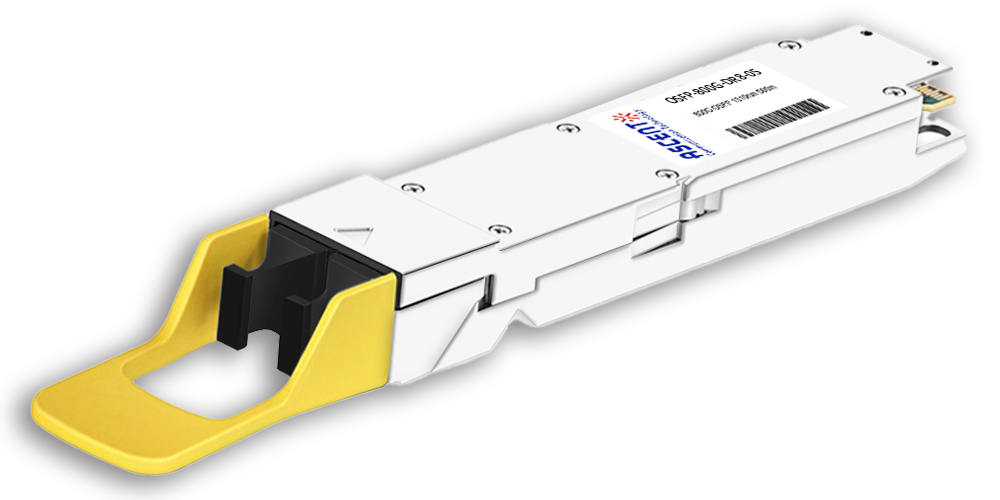
800G OSFP DR8 1310 nm 500 m
800 Gb/s DR8 OSFP 500m Optical Transceiver
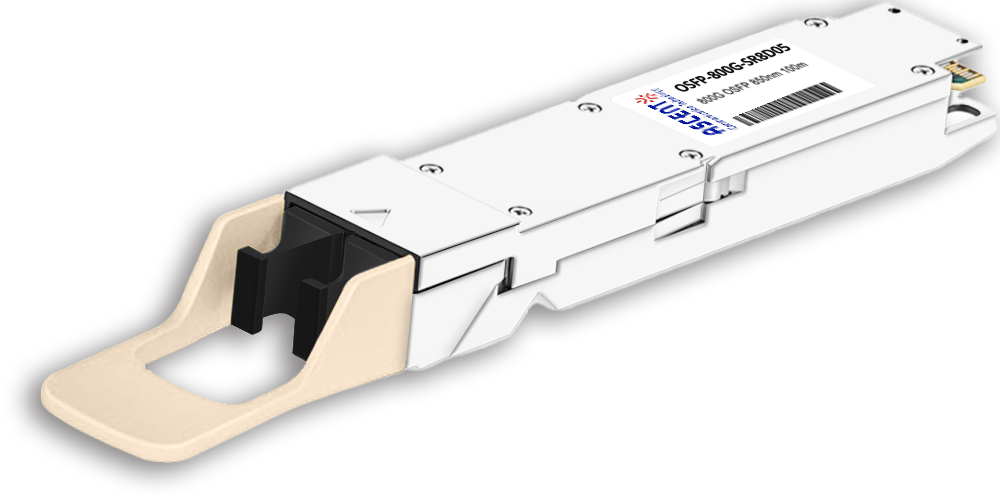
800G OSFP SR8 850 nm 100 m
OSFP-800G-SR8D-01 800 Gb/s OSFP SR8 850 nm 100 m Transceiver
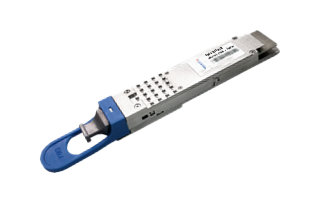
400G QSFP56-DD 10km
400G QSFP-DD 4X100G LR1 Optical Transceiver
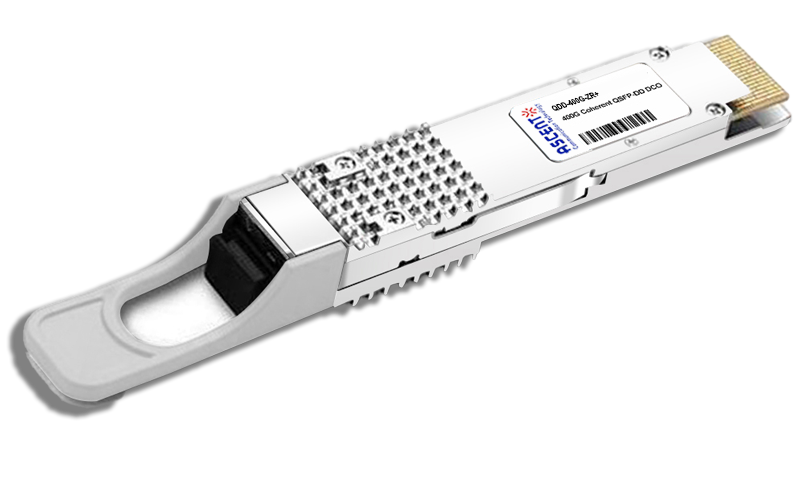
400G QSFP-DD ZR+
QSFP-DD-ZR-80 400 Gb/s QSFP-DD 80 km Transceiver
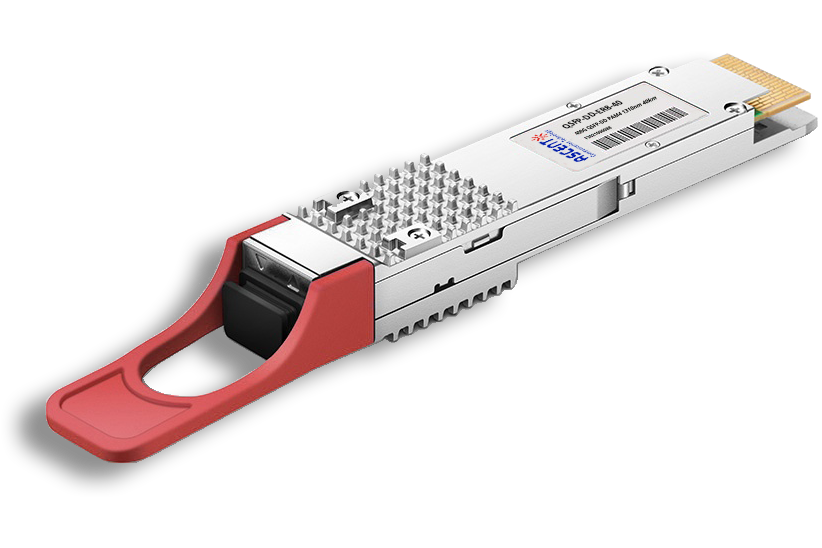
400G QSFP-DD ER8 40 km
QSFP-DD-ER8-40 400 Gb/s QSFP-DD 40 km Transceiver
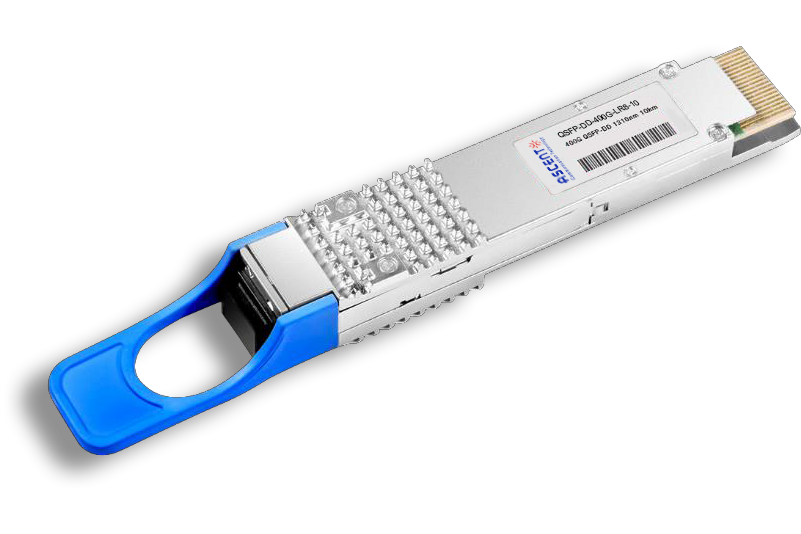
400G QSFP-DD LR8 1310 nm 10 km
QSFP-DD-LR8-10 400 Gb/s QSFP-DD LR8 10 km Transceiver

400G QSFP-DD LR4 CWDM 10 km
QSFP-DD-LR4-10 400 Gb/s QSFP-DD LR4 CWDM 10 km Transceiver
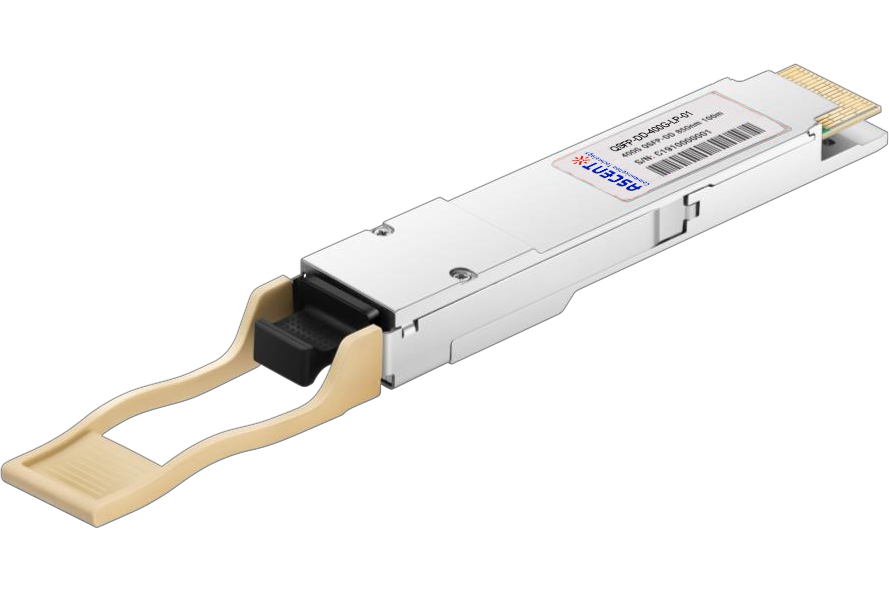
400G QSFP-DD SR8 850 nm 100 m
QSFP-DD-LP-01 400 Gb/s QSFP-DD SR8 100 m Transceiver
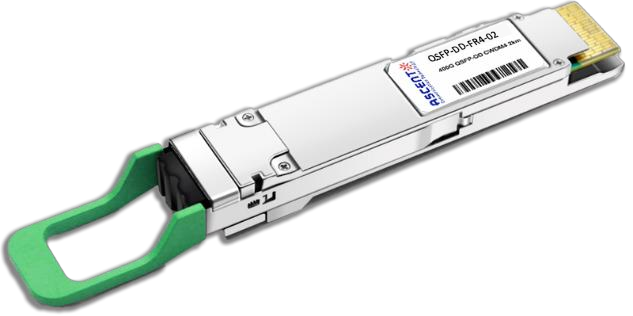
400G QSFP-DD FR4 2km
400 Gb/s QSFP-DD FR4 2 km DDM Transceiver

400G QSFP-DD DR4 500m
400 Gb/s QSFP-DD DR4 500m Transceiver
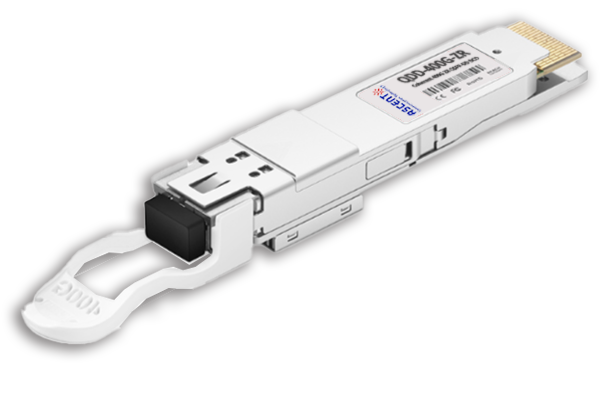
400G QSFP-DD DCO ZR
400G QSFP-DD DCO ZR Coherent Optical Transceiver
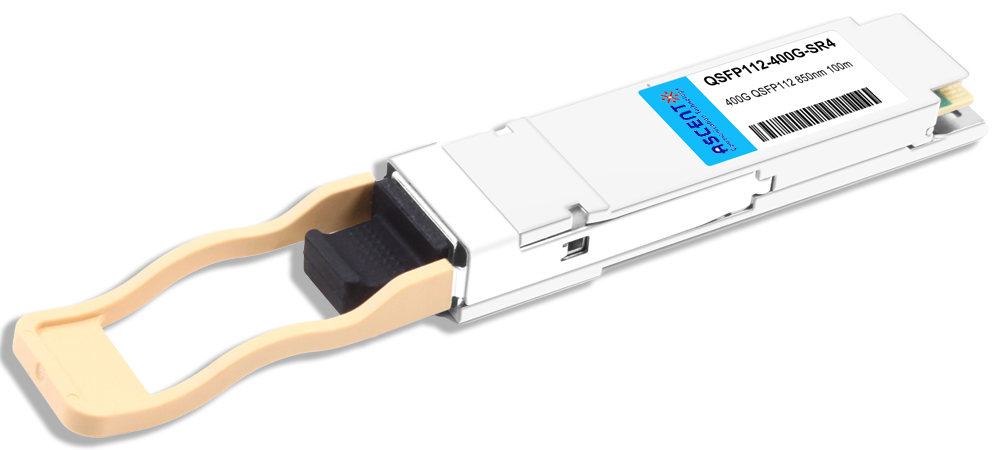
400G QSFP112 SR4 850 nm 100 m
QSFP112-400G-SR4-01 400 Gb/s QSFP112 SR4 850 nm 100 m Transceiver
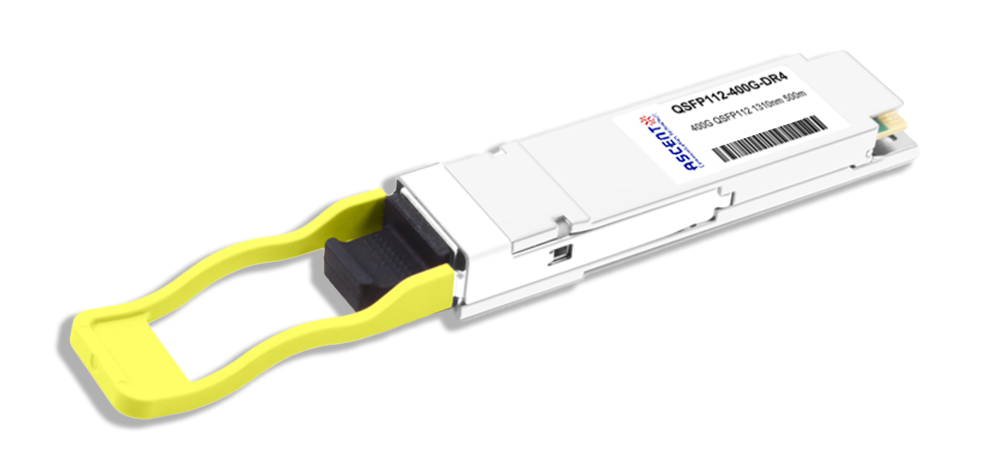
400G QSFP112 DR4 1310 nm 500 m
400G QSFP112 DR4 1310 nm Transceiver 500m
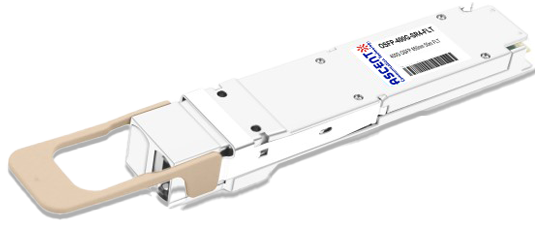
400G OSFP SR4 FLT 50m Transceiver
400 Gbps Multi-Mode 50m OSFP Transceiver
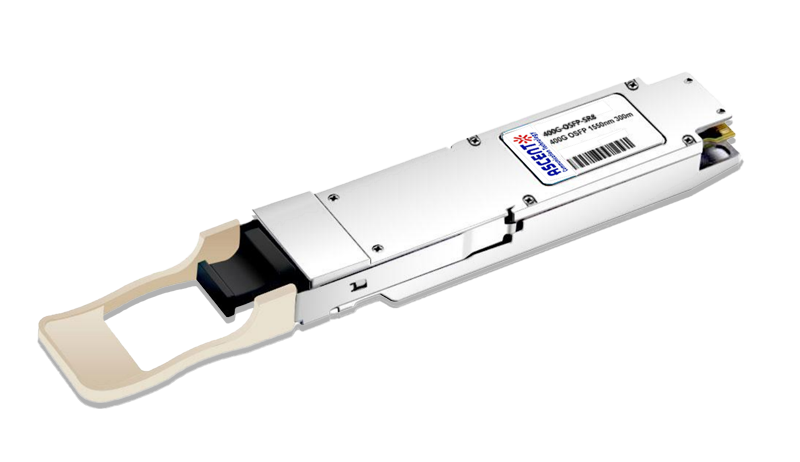
400G OSFP SR8 100m Transceiver
400 Gbps PSM8 Multi-Mode 100m OSFP Transceiver
White Paper
Press Releases
Briefings 1
Briefings 2
Videos, etc.
QRG
Manual1
Manual2
Get in touch with our experts
Feedback